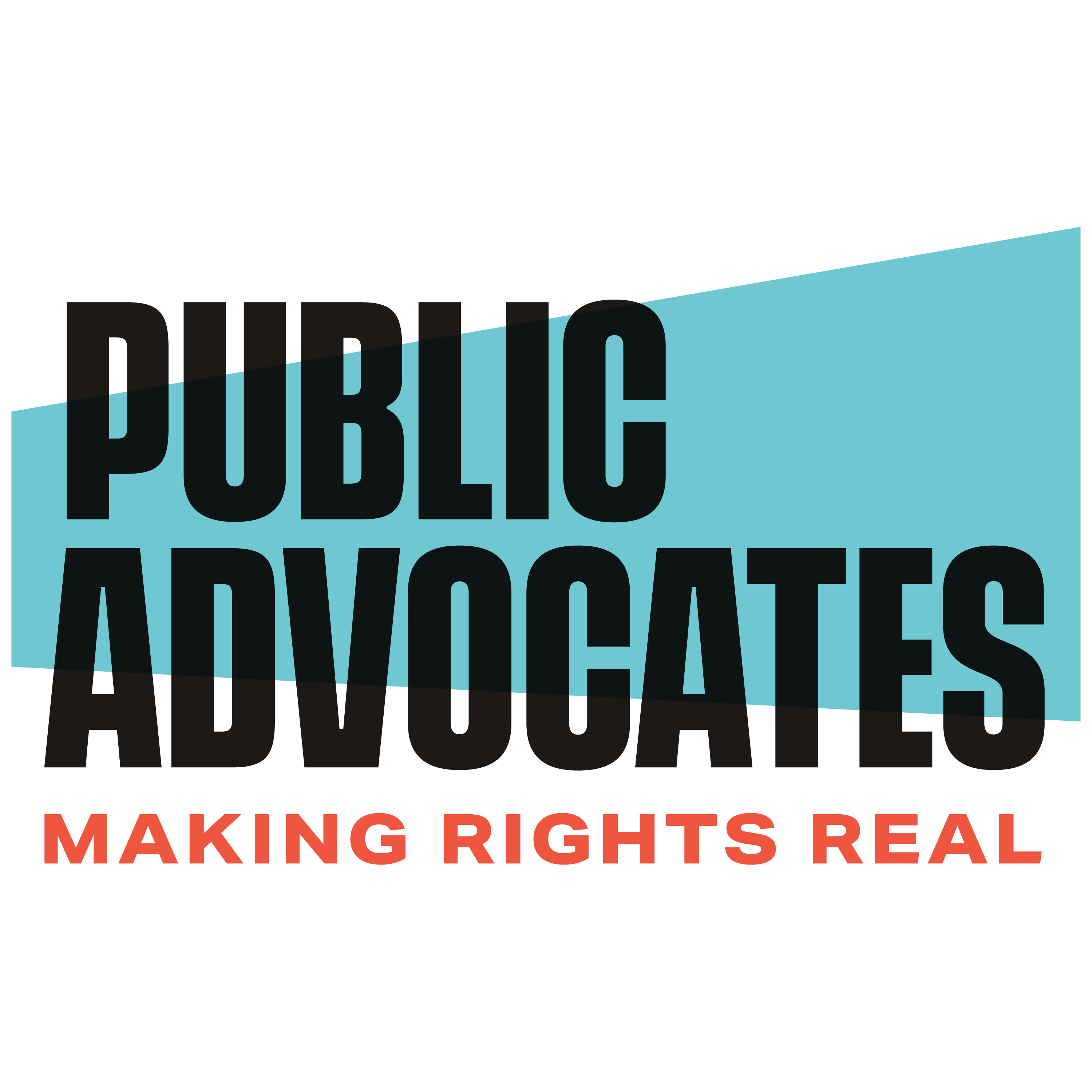June 14, 2013
By John Affeldt
The Legislature has passed the budget and the trailer bill encompassing the LCFF funding reform proposal. It only awaits the governor’s inevitable signature to become law.
Overall we are very pleased with the final product.
We have important quibbles with various features. Most notably, there is still work to be done to ensure that: new targeted dollars are properly spent on the disadvantaged students who generated them; the role of school site councils is clearer and stronger; and school site expenditure reporting requirements become explicitly required, so the public and parents know how these new flexible dollars are being spent. Some of these issues are likely candidates for clean-up legislation this summer; other pieces will be refined by State Board of Education regulations in the coming months.
But this explicit shift in funding to focus on the neediest students is truly historic and one I would not have thought our policymakers capable of accomplishing without the spur of litigation. Governor Brown absolutely deserves the lion’s share of credit for his leadership in making this shift to a weighted student funding model happen.
Public Advocates’ Role in LCFF
Also deserving of credit are Public Advocates and our community partners in the Campaign for Quality Education, PICO, ACCE, and the CPER collaborative. Public Advocates has been investigating and embracing the potential of weighted funding since at least 1998. That’s when we first began considering the viability of pursuing “adequacy” litigation — litigation which, after we concluded Williams v. California and a good deal of Williams implementation work, we eventually filed in 2010.
On the policy front, we’ve been publicly advancing and supporting the notion of weighted funding for our schools based on student needs at least as far back as 2002. That’s when we and the CQE pushed the work of the Quality Education Commission and weighted funding in the Master Plan for Education. We went on to do work around the Getting Down to Facts studies in 2006 and with Julia Brownley on her funding reform bills in 2009 (AB 8) and 2011 (AB 18). Finally came last year’s Weighted Student Funding proposal from the governor.
All of this work has helped keep weighted student funding on the radar screen and within the reach of any savvy politician willing to take some political risks for a shot at a legacy reform. As important, all of it has helped build understanding, capacity and ownership around this exceedingly wonky topic within our grassroots partner communities. Their knowledge of and visible support for LCFF provided the governor’s proposal with instant legitimacy and some measure of protection from public attack. And the administration’s realization that we were mobilized and knowledgeable — and therefore potentially helpful — opened the door for them to hear our thoughts and concerns and modify key parent engagement, transparency, fiscal accountability and transition funding provisions.
There are more than a few provisions in the final trailer bill that Public Advocates and our partners either directly suggested or indirectly influenced. We and our partners played a significant role in shaping and refining many other provisions.
The Road Ahead for “Local Control”
Much work remains to make real the true promise of this new world of “local control.” That promise consists of local communities across the state being actively engaged in shaping local spending decisions in ways that advance student achievement for all, including those in poverty and English learners, who will now have more resources available to them to meet their needs. And much work needs to be done, as well, through the Campaign for Quality Education v. California litigation to ensure our school funding is not only fair but adequate in its level of support. As long as we remain 49th out of 50 states in per pupil funding and dead last in adult to student ratios, California will not be able to ensure all students receive the education they need to succeed as citizens of the 21st century, no matter how equitably our dollars are distributed.
But with this new focus on our neediest students, Friday was undeniably a day that renewed our hope that these students will have a fairer shot at success. By extension, it renewed, too, our hope for the future prospects of our state as a whole.

